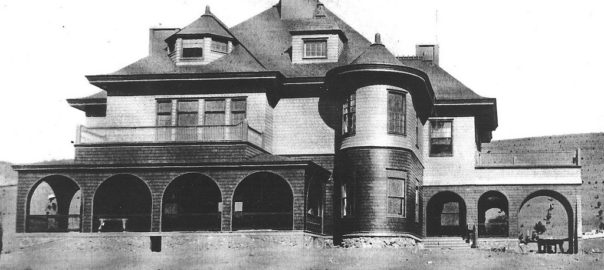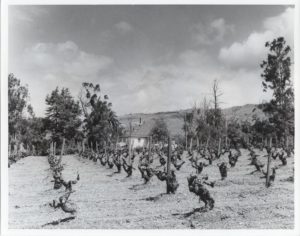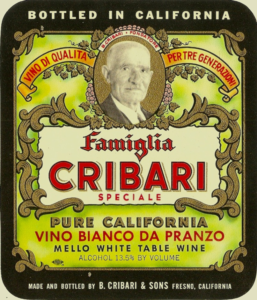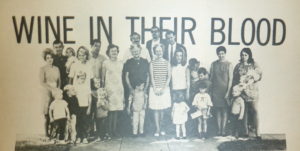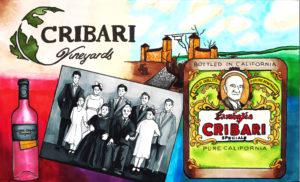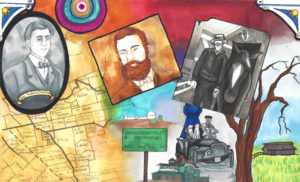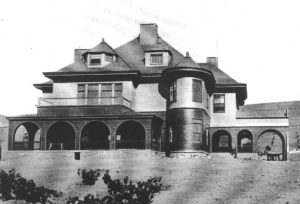
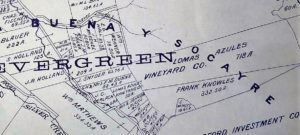 This introduction to the subject matter at hand isn’t purposefully an alliteration. It just happens to be one anyway.
This introduction to the subject matter at hand isn’t purposefully an alliteration. It just happens to be one anyway.
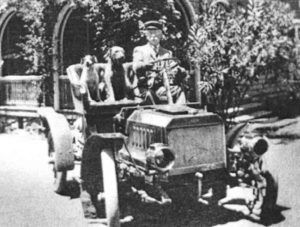 Wonderful William Wenher was renowned for his winning white wines. William Wehner was a Chicago-based panoramic painter and winemaker, born in Germany. The Historic Manor was built by famous skyscaper architect, David Burnham, who would design and build only the one home in his career, friend of Wehner’s from Chicago. His 1884 built Evergreen Estate still stands behind private gates and ropes, but that’s about all the care it’s had in a while. These photos are courtesy of Colleen Cortese and the EVC Heritage Room.
Wonderful William Wenher was renowned for his winning white wines. William Wehner was a Chicago-based panoramic painter and winemaker, born in Germany. The Historic Manor was built by famous skyscaper architect, David Burnham, who would design and build only the one home in his career, friend of Wehner’s from Chicago. His 1884 built Evergreen Estate still stands behind private gates and ropes, but that’s about all the care it’s had in a while. These photos are courtesy of Colleen Cortese and the EVC Heritage Room.
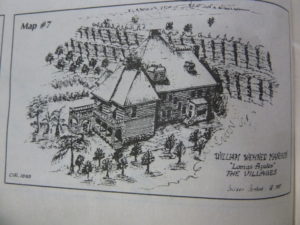
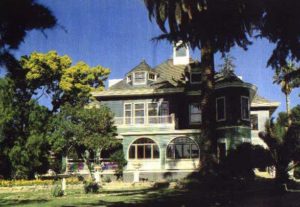 Until recently, I had only seen Colleen’s pictures and sketches of Evergreen’s Queen Anne Victorian. Wehner, Albert Haentz, Cribaris and Mirassous have all made wine from the winery also on-site, Lomas Azules Winery. Ebe Frasse, from the Cribari Family, has the fondest memories of growing up in the Blue Mansion. This perspective had always seemed odd to me until I dropped in on the historic Evergreen jewel. It is a literal drop into the seat of this Evergreen relic to its arched carriage entrance.
Until recently, I had only seen Colleen’s pictures and sketches of Evergreen’s Queen Anne Victorian. Wehner, Albert Haentz, Cribaris and Mirassous have all made wine from the winery also on-site, Lomas Azules Winery. Ebe Frasse, from the Cribari Family, has the fondest memories of growing up in the Blue Mansion. This perspective had always seemed odd to me until I dropped in on the historic Evergreen jewel. It is a literal drop into the seat of this Evergreen relic to its arched carriage entrance.
The Wehner Mansion today is boarded up and breaking down. It clearly hasn’t had a new paint job since the 70’s. It was deemed unfit for residence in 2014 by City Inspectors. I like the colors, but an owner should be maintaining this important piece of San Jose History. It has historic designation.
When I dropped by the property to lay my own eyes on it, I got lost. Nothing new. Actually, getting lost has helped me throughout this project. Upon coming up to a Community stable and garden, the caretakers inquired if I was a real estate agent looking for the Wehner Mansion. I wish. But they wished too that something could be done about the beautiful piece of architecture that lay dormant and decaying in their backyard.
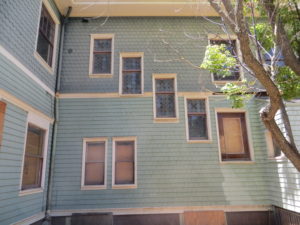 I found these windows to be stunning. The glass remaining is a sight to behold. If a replacement for this fifth window could be found, it would be incredible from inside. I’m hoping this is a staircase on the other side. The rounded feature is generally photographed and admired, but not much is said about its antique glass. Mrs. Louise Lamantia remembers it well. In fact, somewhere, some of this glass was donated to a historical society.
I found these windows to be stunning. The glass remaining is a sight to behold. If a replacement for this fifth window could be found, it would be incredible from inside. I’m hoping this is a staircase on the other side. The rounded feature is generally photographed and admired, but not much is said about its antique glass. Mrs. Louise Lamantia remembers it well. In fact, somewhere, some of this glass was donated to a historical society.
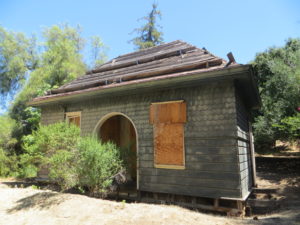 This second building here isn’t the attached Winery that’s been so well used by Evergreen vintners. Wehner’s no dumby. You’d never invite that nonsense into your backyard nearest your children. I’d also expect more storage for barrels.
This second building here isn’t the attached Winery that’s been so well used by Evergreen vintners. Wehner’s no dumby. You’d never invite that nonsense into your backyard nearest your children. I’d also expect more storage for barrels.
This is a tiny, one room building obscured by trees from Colleen’s sketch and initial sighting of the Wehner Mansion. This is an old fashion frig or pantry. This is a kitchen house designed to keep food for as long as it would naturally keep. This was necessary in the 1800’s. The Summer ones are built differently than Winter ones. It’s a science of keeping things fresh. You can see why farming would be big business back then especially.
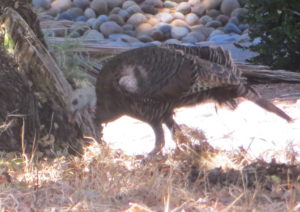
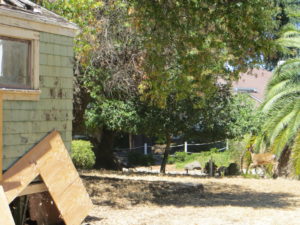 It is super quiet in these hills and this roped of manor is as well. Wehner Mansion, also known as the Blue Hill Estate, isn’t without its tenants or residence today, though. They just aren’t people. The historic estate hosts a very territorial buck and a family of turkeys. It’s so silent, you can hear them gobble from all the way over here. I found that indigenous wildlife and a near by run-off creek trickle through Wehner Mansion while its title is questionable at best. Its faith rests with the Title. I’m making inquiries.
It is super quiet in these hills and this roped of manor is as well. Wehner Mansion, also known as the Blue Hill Estate, isn’t without its tenants or residence today, though. They just aren’t people. The historic estate hosts a very territorial buck and a family of turkeys. It’s so silent, you can hear them gobble from all the way over here. I found that indigenous wildlife and a near by run-off creek trickle through Wehner Mansion while its title is questionable at best. Its faith rests with the Title. I’m making inquiries.
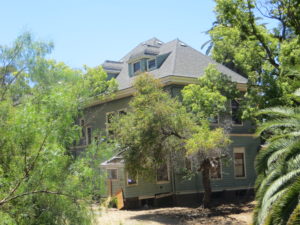 If I can fire enough people up and raise some awareness for this San Jose Gem, I’d like to do so and make something happen here. I see a private venue for weddings or a Community Garden for a non-profit. I see a Community Center for the Villages or an Evergreen History Museum. Access is difficult, so the tenant would need to be perfect for the situation. Let’s start talking about how to fill Wehner Mansion’s halls with laughter again. It’s a piece of our History still standing. There’s only a couple left.
If I can fire enough people up and raise some awareness for this San Jose Gem, I’d like to do so and make something happen here. I see a private venue for weddings or a Community Garden for a non-profit. I see a Community Center for the Villages or an Evergreen History Museum. Access is difficult, so the tenant would need to be perfect for the situation. Let’s start talking about how to fill Wehner Mansion’s halls with laughter again. It’s a piece of our History still standing. There’s only a couple left.
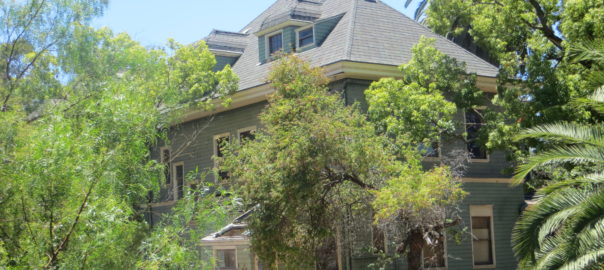
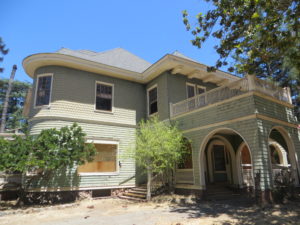
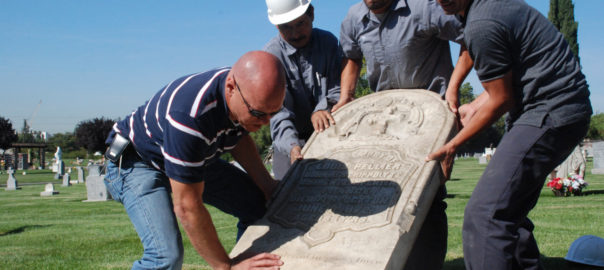
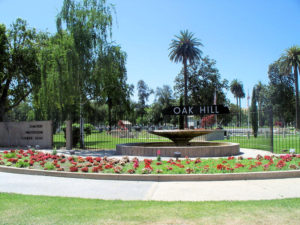
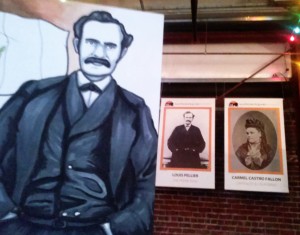
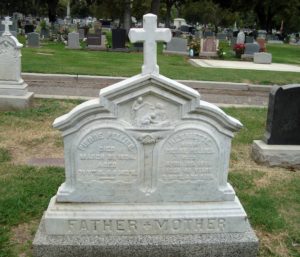
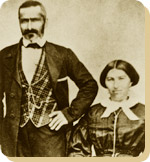
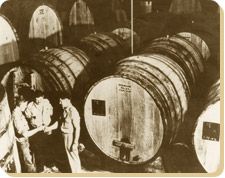
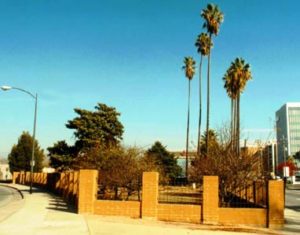
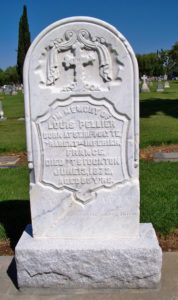
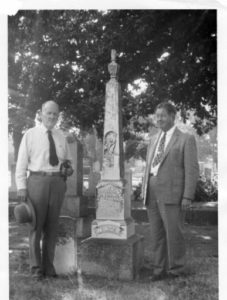
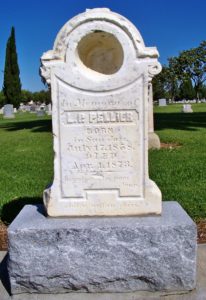
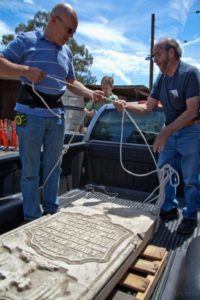
![IMG_4028 [2794442]](http://www.evergreenmuralwalk.com/wp-content/uploads/2016/06/IMG_4028-2794442-e1466739445496-300x255.jpg)
